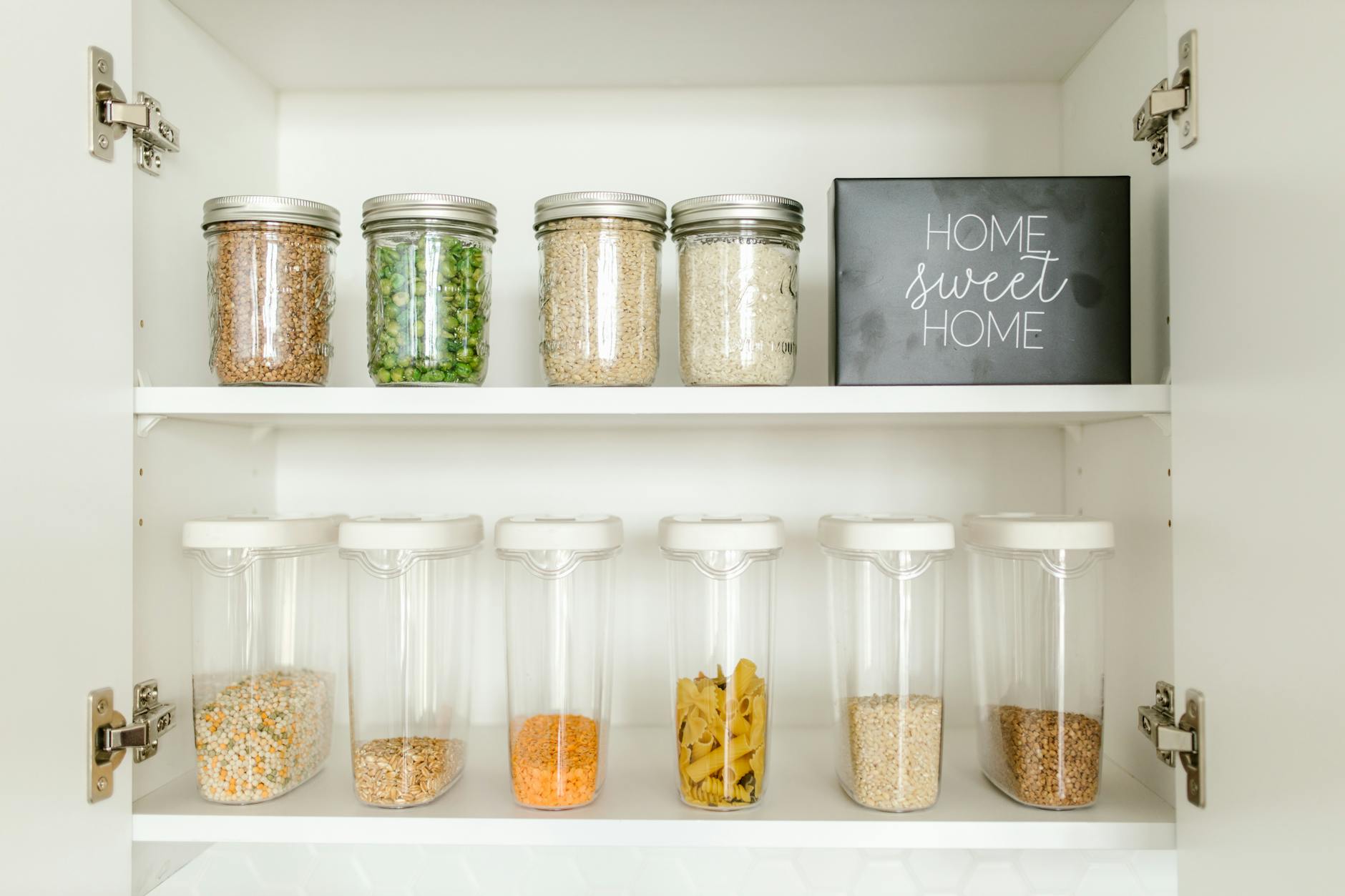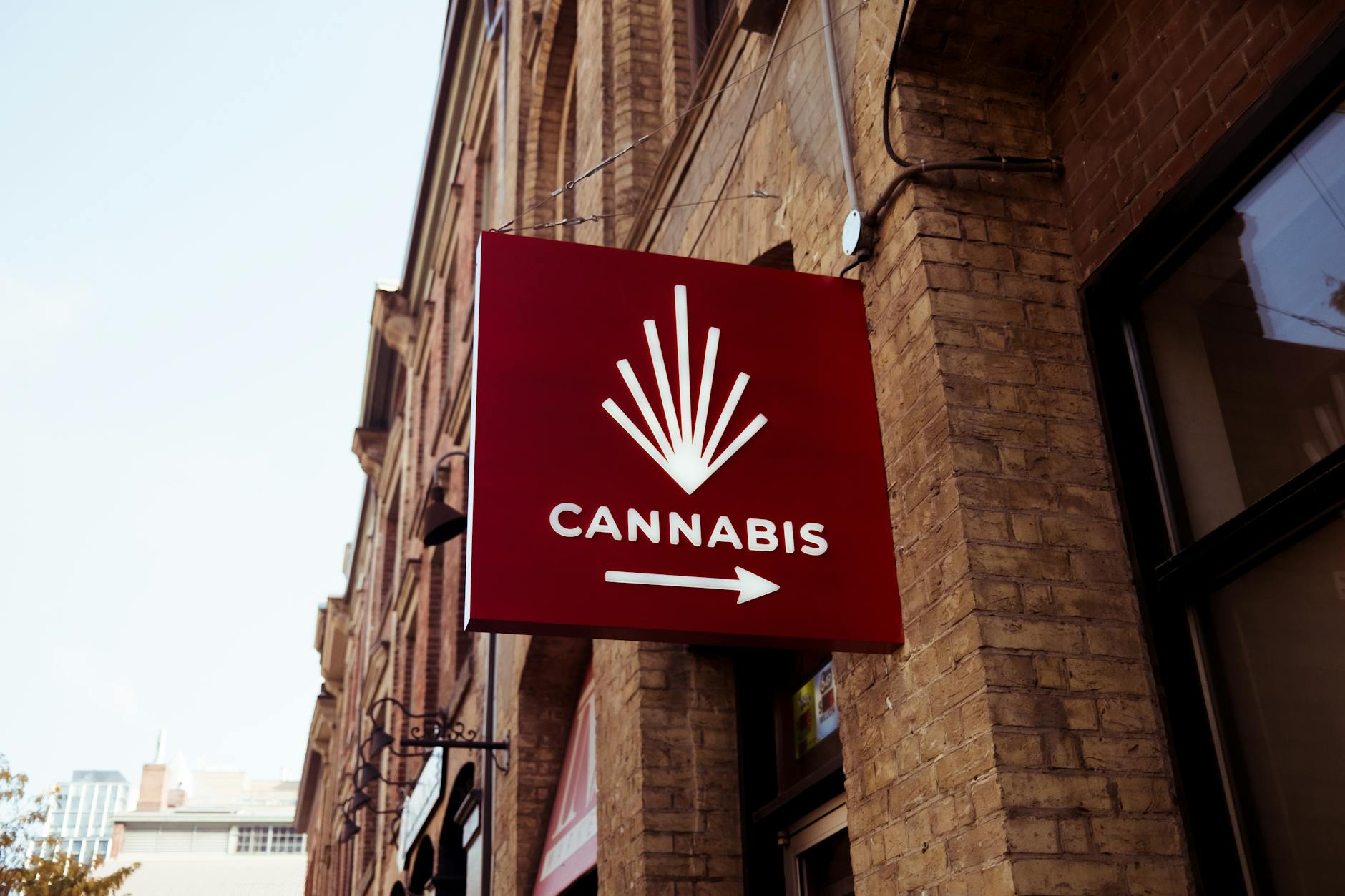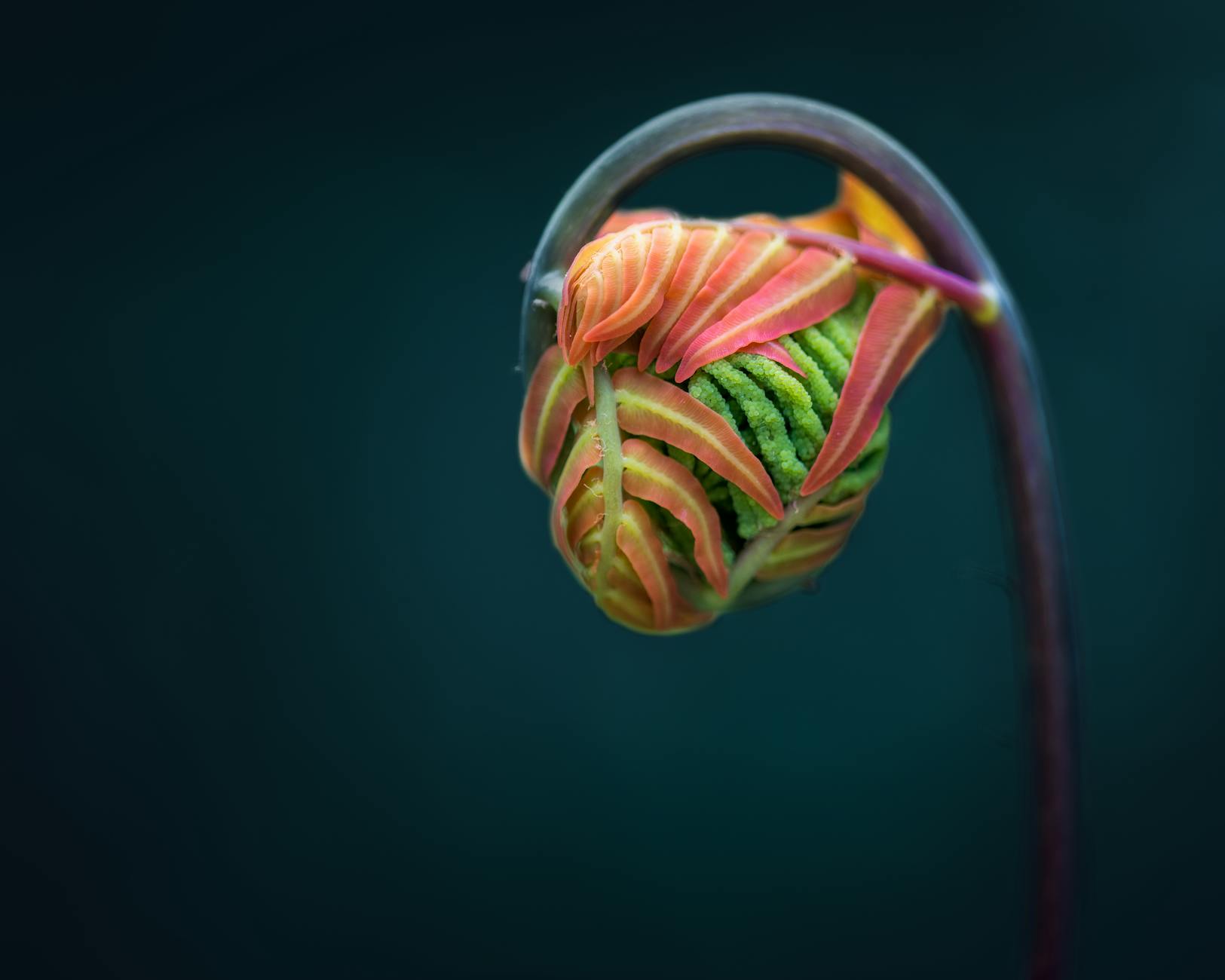When it comes to cannabis cultivation, there isn’t a one-size-fits-all method of growing the plant. The cannabis plant can be grown both indoors and outdoors, each with its own advantages and disadvantages. This article aims to provide an in-depth comparison of indoor cannabis cultivation and outdoor cannabis cultivation, while shedding light on factors such as hydroponics, soil growing, grow lights, climate control, pest control, soil quality, natural sunlight, and yield.
Indoor Cannabis Cultivation
Indoor cannabis cultivation utilizes sophisticated techniques and technology to simulate natural conditions that are optimal for cannabis growth. With the aid of specialized equipment like grow lights and climate control systems, indoor growers can maintain absolute control over conditions like light, temperature, CO2 levels, and humidity. This level of control presents considerable advantages.
One of the perks of this method is the ability to grow cannabis all year round, independent of external weather conditions. Additionally, indoor growers can easily restrict the height and growth pattern of their plants using methods like Scrogging (Screen of Green) or Lollipopping. Artificial grow lights come in various types for different stages of growth, including LED, high-pressure sodium (HPS), and metal halide lights. They offer a full spectrum of light, ensuring optimal light absorption.
Moreover, the isolated nature of indoor grow rooms allows for easier pest control and mitigation of diseases. If issues do arise, they can be detected and addressed early before spreading to other plants.
However, there are downsides to indoor cannabis cultivation. It consumes a significant amount of electricity due to the use of lighting and climate control systems, which increases costs. Also, achieving the right balance of environmental factors can be technically demanding and requires experience. Plus, the yield is generally lower compared to outdoor cultivation, depending significantly on the skills and diligence of the grower.
Outdoor Cannabis Cultivation
In contrast, outdoor cannabis cultivation banks on the use of natural resources to grow cannabis. Natural sunlight, for instance, is an ideal source of light for cannabis growth and flowering as it offers the full spectrum of light that the plant needs. This eliminates the need for artificial grow lights, reducing energy consumption.
Moreover, growing cannabis outdoors in a garden offers loamy and rich soil that can be enhanced with organic matters or fertilizers for greater soil quality. This method is the most eco-friendly as it uses soil growing, reducing the environmental footprint.
Favorably, the yield from outdoor cannabis cultivation can be very high due to space availability and optimum sunlight. This makes it a good choice for commercial growers who aim for a large production scale.
The drawbacks of outdoor cultivation, however, include vulnerability to changing weather, pests, and diseases. As opposed to controlled indoor cultivation, outdoor growers are at the mercy of Mother Nature. This includes erratic temperature shifts, rainfall, and extremes of sunshine or clouds. Additionally, pest control can be a tricky process, as cannabis plants grown in the open are prone to various pests and diseases.
There is also the issue of discretion to consider. Unlike indoor grow ops that can be kept private, outdoor cultivation is more visible to neighbors and possibly law enforcement, which can lead to its own array of issues depending on local laws.
To Wrap Up
In conclusion, both indoor and outdoor cannabis cultivation methods have their benefits and downsides. Indoor growing allows for a controlled environment, but it can be resource-intensive and yields may be smaller. Conversely, outdoor cultivation utilizes nature’s resources and can produce high yields, but it is easier to lose crops to pests, diseases, or the inconsistent climate. Factors such as the grower’s skill level, budget, space, and local laws should also be considered before choosing the ideal cultivation method.
For those who wish to enjoy the best of both worlds, it’s worth exploring greenhouse technology and other hybrid cultivation methods, which merge elements of indoor and outdoor growth strategies.
Remember, the best grow option hinges on one’s individual circumstances, skills, and goals. Whether indoor or outdoor, both cultivation methods can productively help to turn a simple seed into a thriving cannabis plant.
Sources:
grow lights
hydroponics vs soil growing
climate control
pest control
soil quality
indoor vs outdoor cultivation
yield


